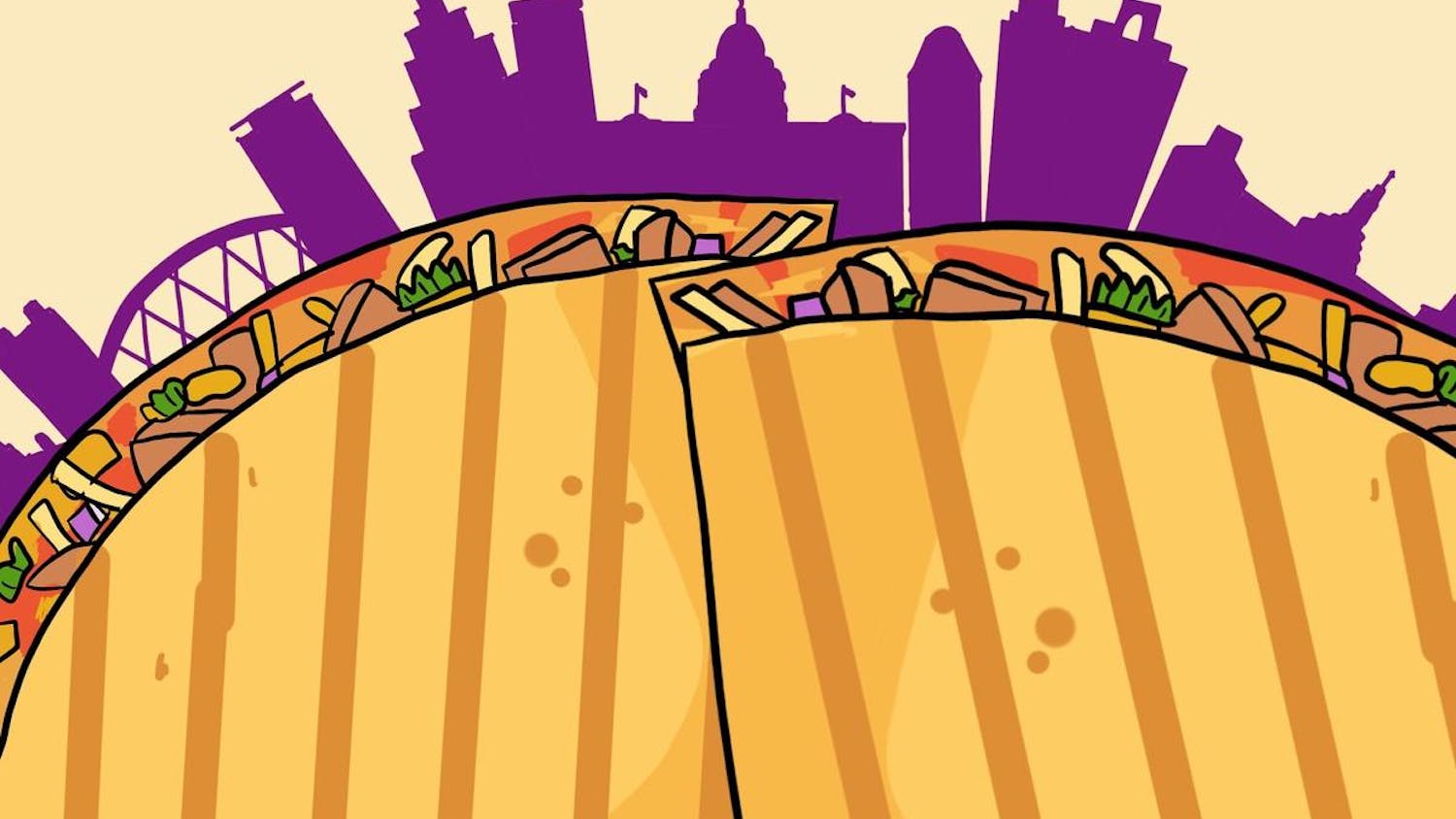On her fifth major-label studio album, “Norman Fucking Rockwell!,” Lana Del Rey delivers 67 minutes of psychedelic, soft-rock ego trip.
Rich with references to Californian Laurel Canyon rock, the album’s greatest strength is what its popularity says about her audience’s attraction to nostalgia.
“NFR!” is Lana Del Rey’s highest-rated album of her discography. Metacritic, a music review aggregator, assigned “NFR!” an 87 out of 100, a score higher than any of her previous albums. Jenn Pelly of the music publication Pitchfork wrote that the album is “Lana at her deepest, and it arrives at a time when the history of America as we know it is being rewritten.” In receiving a rare Pitchfork rating of 9.4 out of 10, “NFR!” nearly doubles the 5.5 score of Del Rey’s debut album, “Born to Die,” which was criticized as melodramatic, hedonistic and in the Rolling Stone’s words, “pop trash.”
But “NFR!” has similar themes of dark, twisted, American nostalgia, so what makes it so different from her previous albums like “Born to Die”?
Del Rey has always liked to sing about American things in a post-ironic way — it doesn’t take a die-hard “stan” to know that her discography fixates on cocaine, Coney Island, trucks, flags and now, California and Norman Rockwell. Her artistic identity and persona have steadily been built upon the same self-aware glamor and aesthetic complexity for which “NFR!” is lauded.
Like her other albums, “NFR!” paints dazzling, poetic scenes, revealing Del Rey’s prime talent: showcasing cultural zeitgeist in a way that hits our nostalgia spots just right. Songs like “Venice Bitch” provide an escape to a Los Angelean loneliness by coalescing a failed relationship with recollections of Venice Beach, Hallmark, jeans and leather. In “California,” she invokes a Joan Didion sort of poeticism, writing of cultural niches like how “The Santa Ana moves you.” Del Rey casually yearns for “the bar where the Beach Boys would go / Dennis’ last stop before Kokomo.”
Where “NFR!” departs from her previous albums is in its complex understanding of intimate nostalgia through arguably reductive fantasies of the ’60s. As always, Del Rey indulges her listeners in minute cultural trivia — like in “Bartender,” in which she sings “All the ladies of the canyon / Wearing black to their house parties / Crosby, Stills and Nash is playing / Wine is flowing with Bacardi.” At first listen, these cultural fantasies do not diverge from previous works like “Brooklyn Baby,” in which she references beat poets and Lou Reed. But in the case of “NFR!,” nostalgia is used as a tool to converse with the past in order to emphasize common qualms with the present.
“NFR!” resonates with us because we crave the relief of nostalgia and the advantage of hindsight now more than ever. In “The Greatest,” Del Rey speaks for all of us when she sings, “The culture is lit, and I had a ball ... L.A. is in flames, it’s getting hot / Kanye West is blond and gone.” These words, importantly, represent a more significant creative departure from Del Rey’s previous artistic visions. Here, in “NFR!,” Del Rey balances all three concepts of hope, nostalgia and the present. She laments current disasters while looking back and searching for the supposed comfort of the past.
In a way, when examining her devices of cultural nostalgia, Del Rey’s artistry is not so different from Quentin Tarantino’s recent direction of “Once Upon a Time in Hollywood.” Tarantino’s film finds its aesthetic swagger in antiquated ’60s radio snippets and manual-shift cars, while Del Rey’s sonic identity in “NFR!” subtly references psychedelic rock’s whirs and whines and very specific apartment complexes by the seaside. “Once Upon a Time in Hollywood,” which reimagined the Manson family’s murders, rested its artistic vision on an infinite hallucination of the ’60s — what if this era that often symbolizes new American social and creative identity never ended? And in a similar vein, “NFR!” relies on these elements of cultural nostalgia to revive a certain idea of American tenderness and identity that may have been shattered.
“Many people I know in Los Angeles,” Didion once wrote, “believe that the Sixties ended abruptly on August 9, 1969, ended at the exact moment when word of the murders on Cielo Drive traveled like brushfire.” But in “NFR!,” Del Rey declares that her listeners can recall and follow ’60s cultural crumbs as a way to re-affirm the future, despite the environmental, social and political disasters of the present. We yearn to remember specific Dennis Wilson-frequented bars and rock ‘n’ roll because Del Rey’s nostalgia proves we continue to live. Even if the ’60s ended on August 9, 1969, we are attracted to lyricism of “NFR!” because it revives familiar historical minutiae and asserts our ability to relish in past experiences despite not knowing the future.
In “NFR!,” Del Rey tells listeners and critics that “hope is a dangerous thing” to have, but they already have it.





